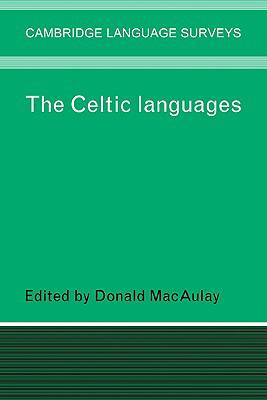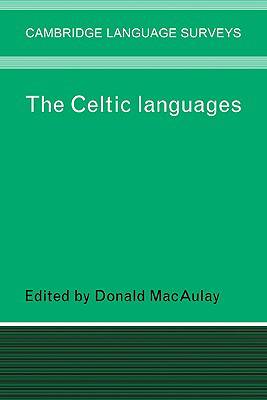
- Afhalen na 1 uur in een winkel met voorraad
- Gratis thuislevering in België vanaf € 30
- Ruim aanbod met 7 miljoen producten
- Afhalen na 1 uur in een winkel met voorraad
- Gratis thuislevering in België vanaf € 30
- Ruim aanbod met 7 miljoen producten
Zoeken
Omschrijving
Six modern Celtic languages are described in this volume. Four of these, Modern Irish, Scottish Gaelic, Welsh and Breton, are living community languages. The other two, Manx and Cornish, survived into the modern period, but are no longer extant as community languages, though they are the subject of enthusiastic revivals. The Celtic Languages sets them briefly in their Indo-European context, and states their general relationships within the broader Celtic language family. Individual linguistic studies are first placed in their sociolinguistic and sociohistorical context. A detailed synchronic account of each language then follows, including syntax, morphology, phonology, morphophonology, dialect variation and distribution. Each description is based on a common plan, thus facilitating comparison among the different languages. This latest volume in the Cambridge Language Surveys will be welcomed by all scholars of the Celtic languages, but has also been designed to be accessible to any reader with only a basic knowledge of linguistics.
Specificaties
Betrokkenen
- Uitgeverij:
Inhoud
- Aantal bladzijden:
- 488
- Taal:
- Engels
- Reeks:
Eigenschappen
- Productcode (EAN):
- 9780521088916
- Verschijningsdatum:
- 30/10/2008
- Uitvoering:
- Paperback
- Formaat:
- Trade paperback (VS)
- Afmetingen:
- 155 mm x 227 mm
- Gewicht:
- 721 g

Alleen bij Standaard Boekhandel
+ 280 punten op je klantenkaart van Standaard Boekhandel
Beoordelingen
We publiceren alleen reviews die voldoen aan de voorwaarden voor reviews. Bekijk onze voorwaarden voor reviews.










